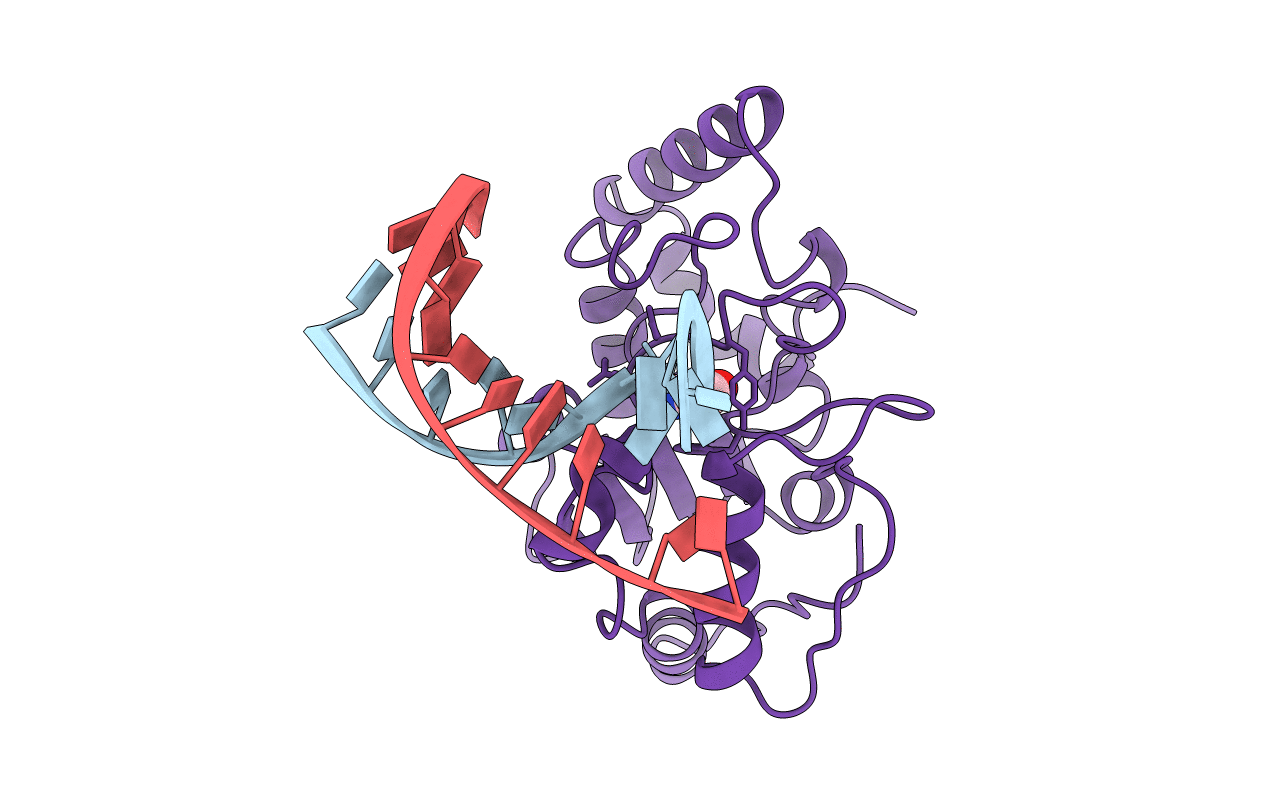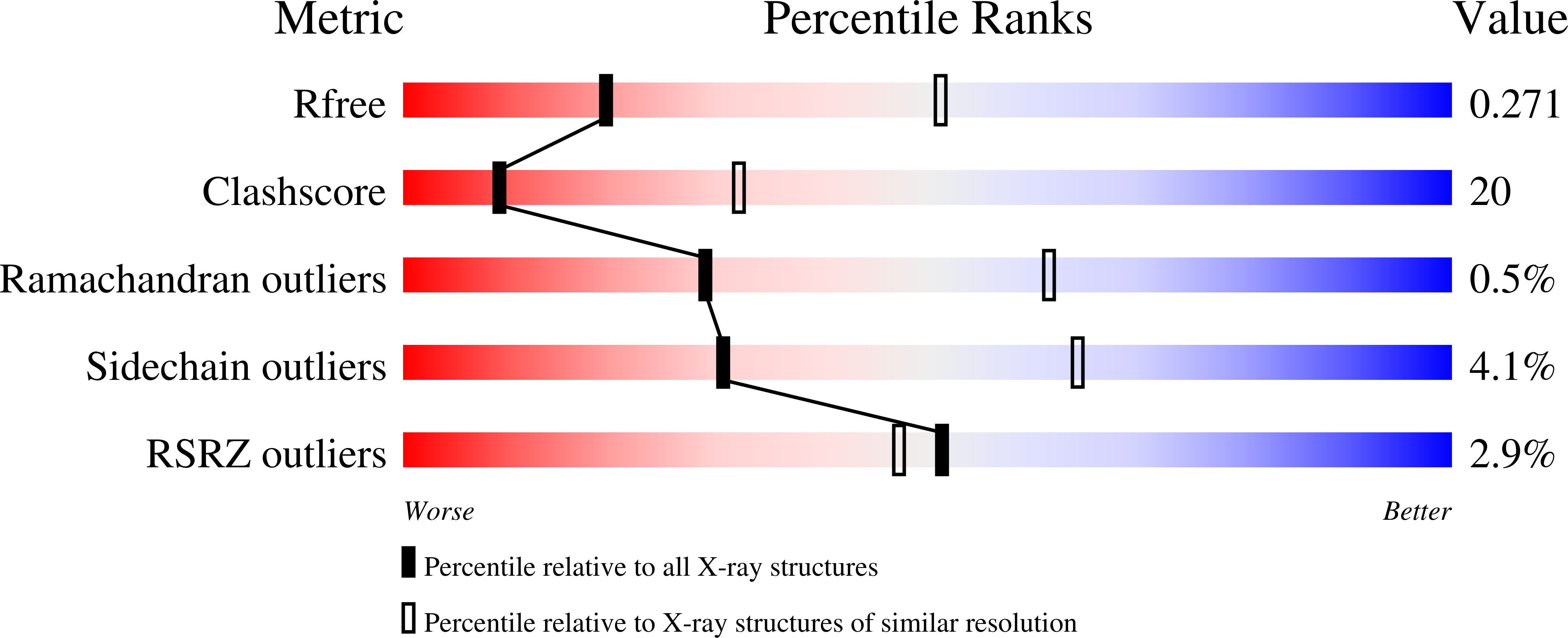
Deposition Date
1999-02-20
Release Date
1999-02-26
Last Version Date
2023-09-20
Entry Detail
PDB ID:
4SKN
Keywords:
Title:
A NUCLEOTIDE-FLIPPING MECHANISM FROM THE STRUCTURE OF HUMAN URACIL-DNA GLYCOSYLASE BOUND TO DNA
Biological Source:
Source Organism:
Homo sapiens (Taxon ID: 9606)
Host Organism:
Method Details:
Experimental Method:
Resolution:
2.90 Å
R-Value Free:
0.27
R-Value Work:
0.18
Space Group:
P 21 21 21


